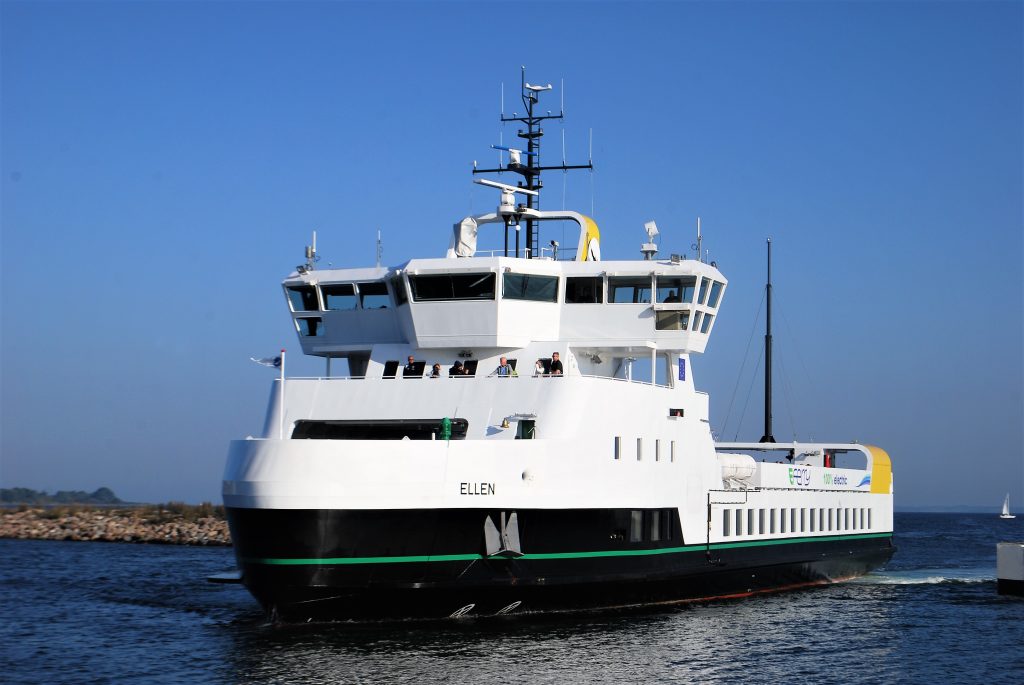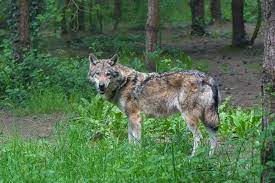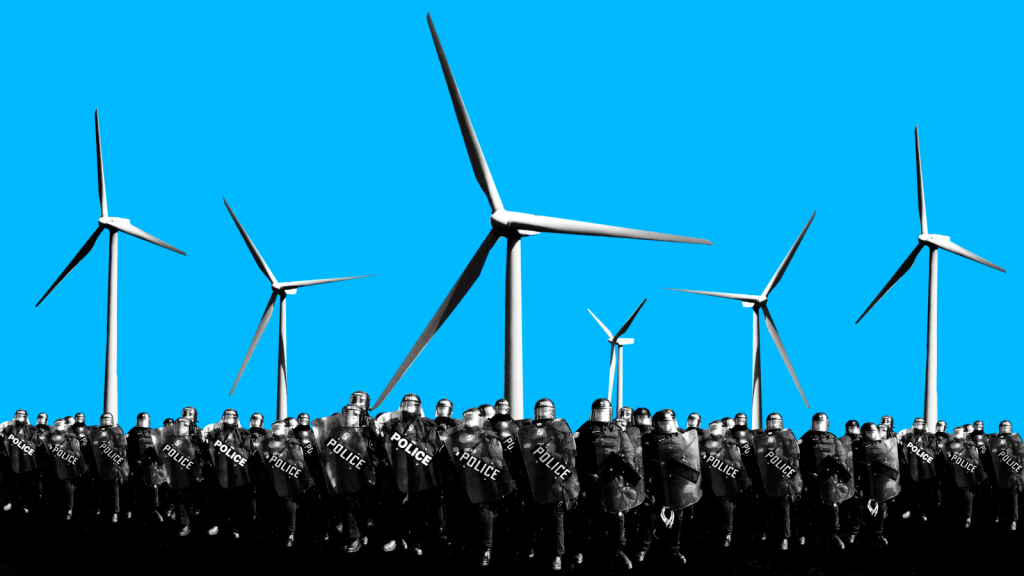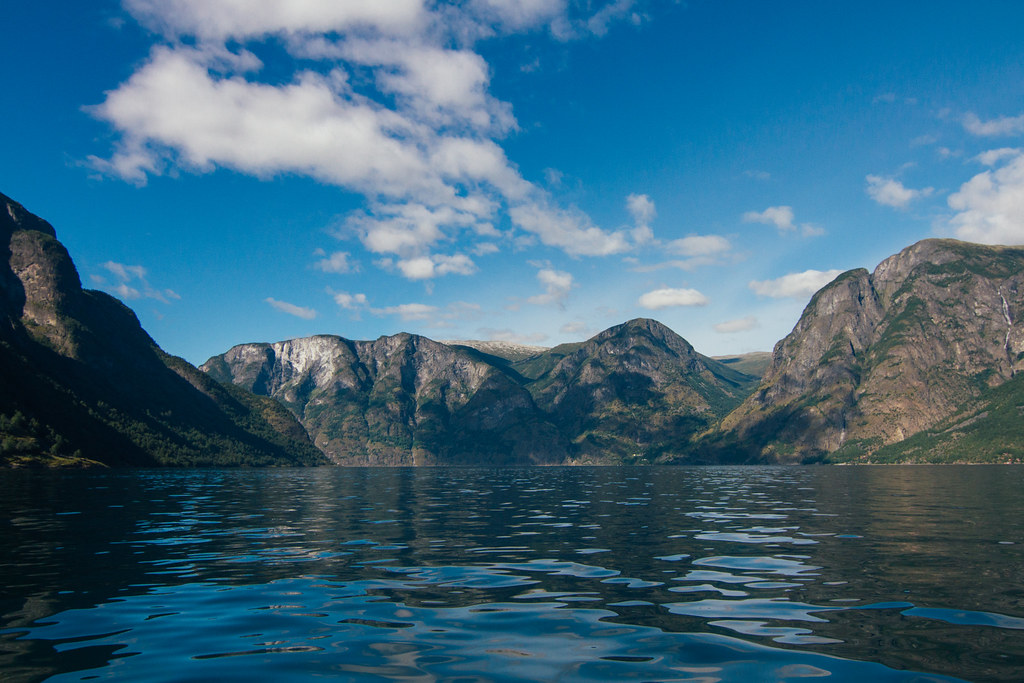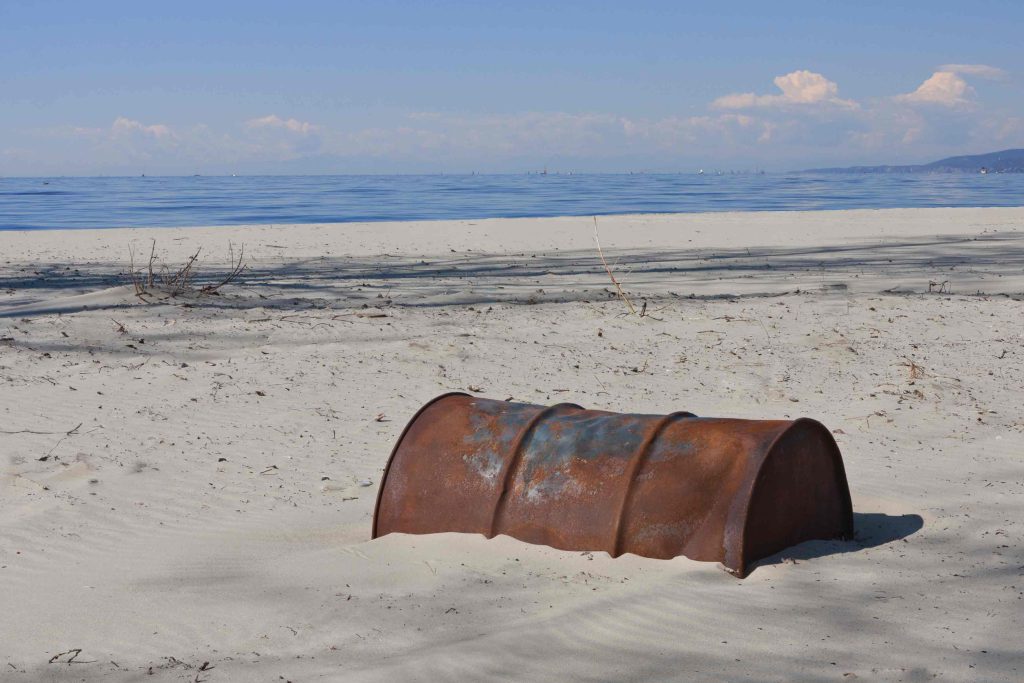In the west, for a large portion of the population a not insignificant proportion of their nutrients come from dairy. Unfortunately, though, this dairy requires various livestock to be kept, which are causing the methane emissions that are such a problem.
I have written before about milk without the cow, but this appears to be making some progress.
A company called Imagindairy is using a technique called precision fermentation. In a similar way to brewing beer, it uses microorganisms that have been genetically modified to produce casein and whey proteins, which is what makes up milk. A similar company called perfect day, is already creating similar products in the USA. However, with no lactose, hormones or cholesterol, which might one day make foods such as mozzarella or cream cheese a healthy option to eat. With the capacity to cut emissions on dairy products by as much as 97% it could also make it as good for the environment as vegetables.

